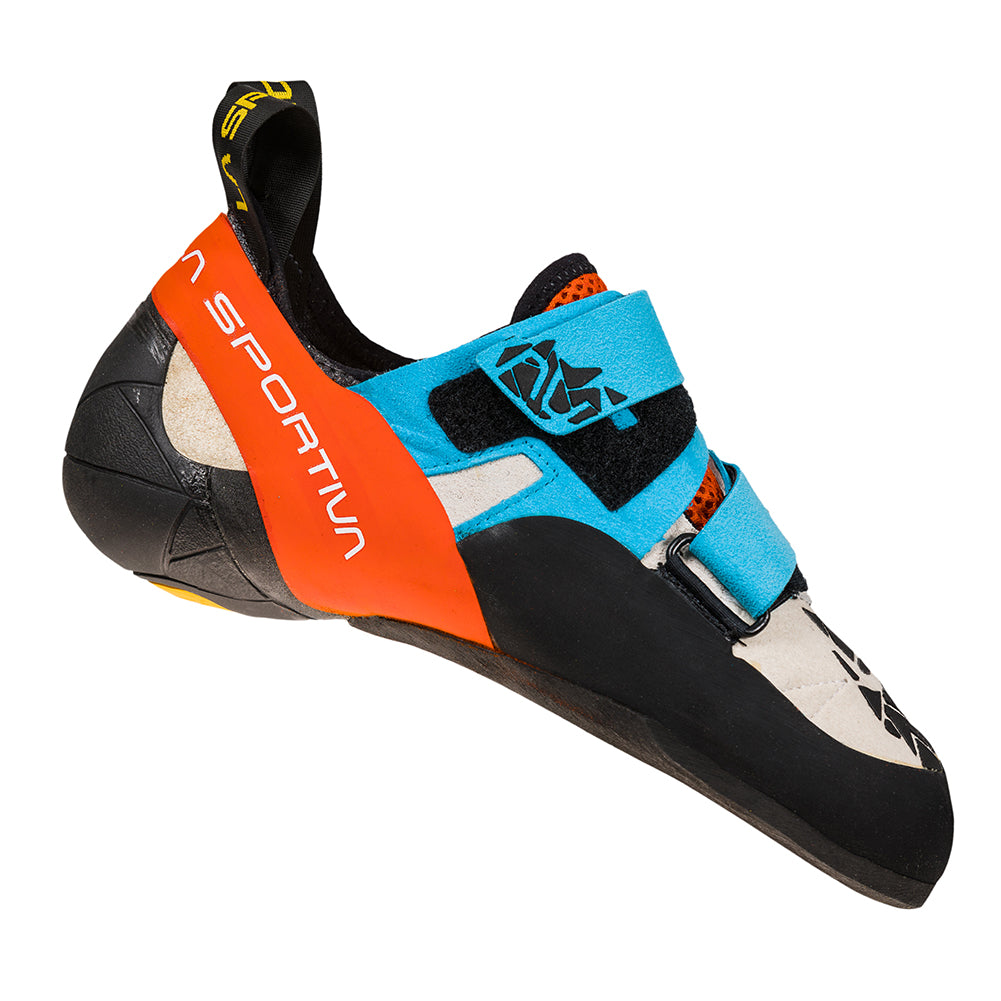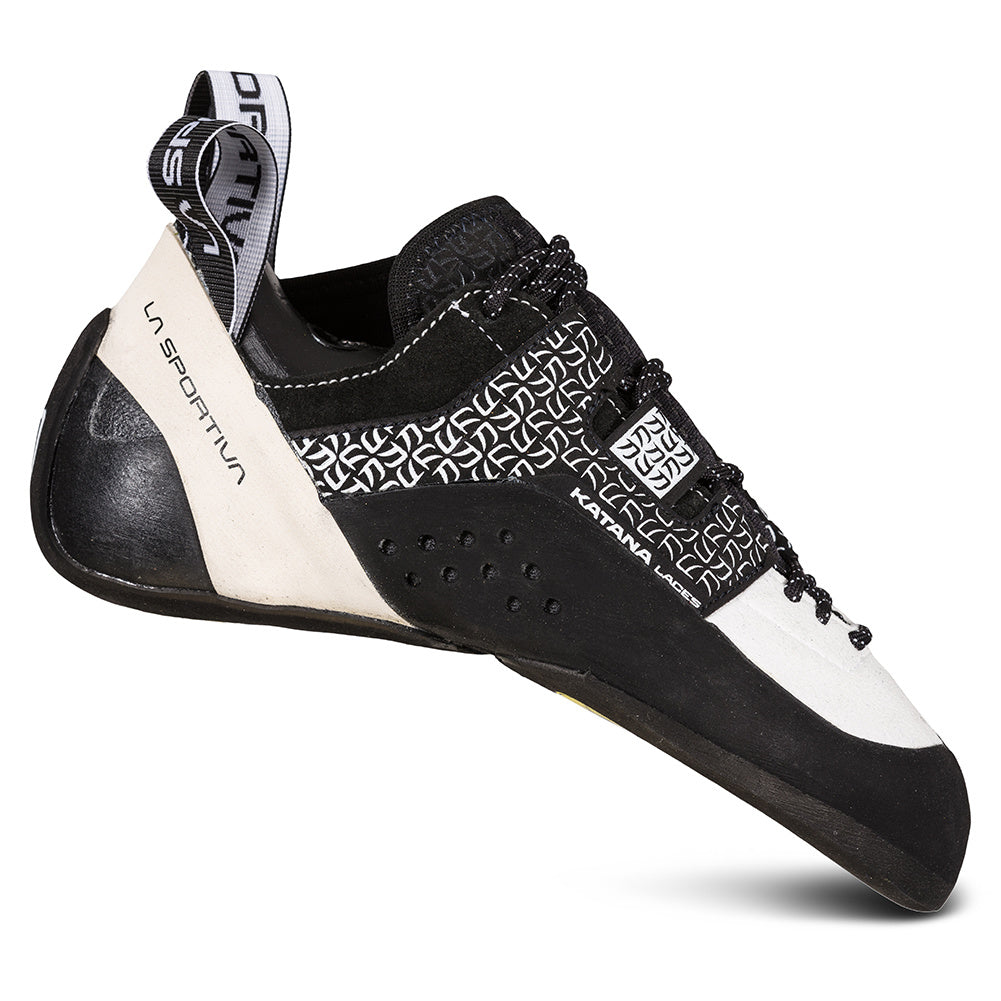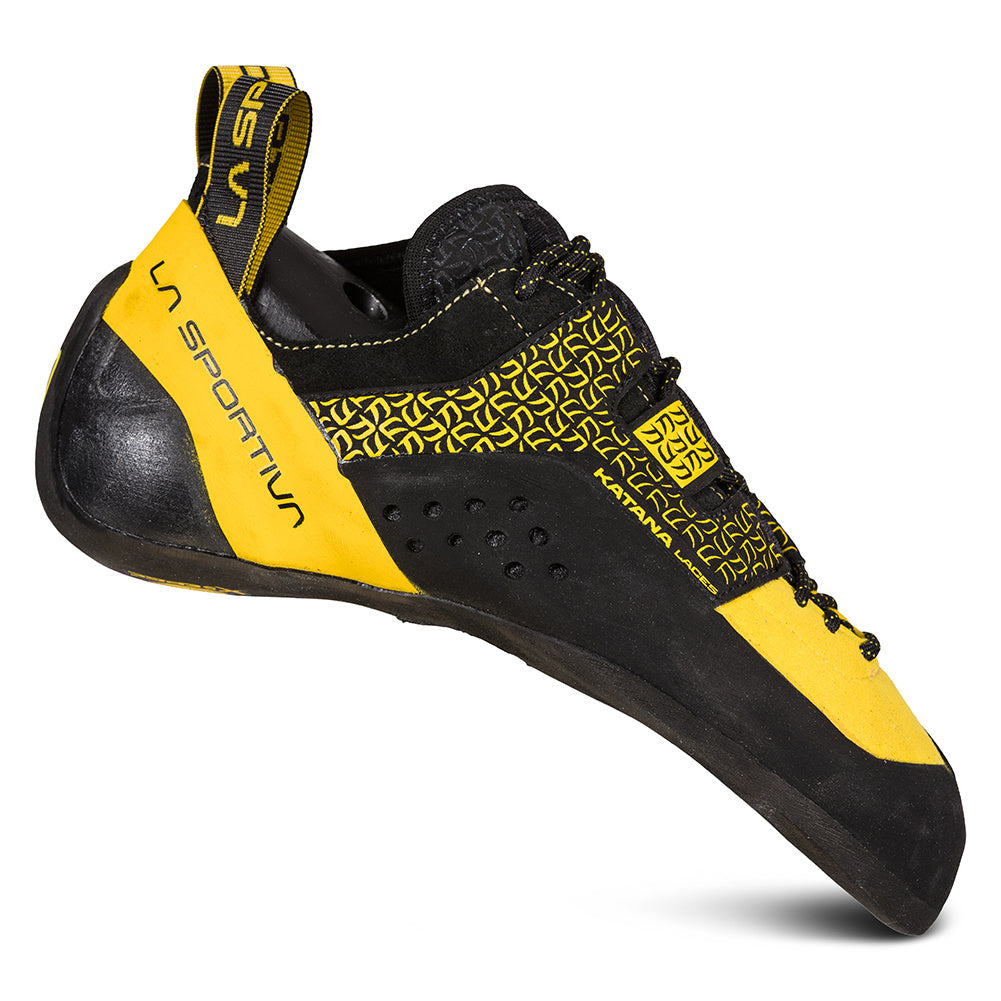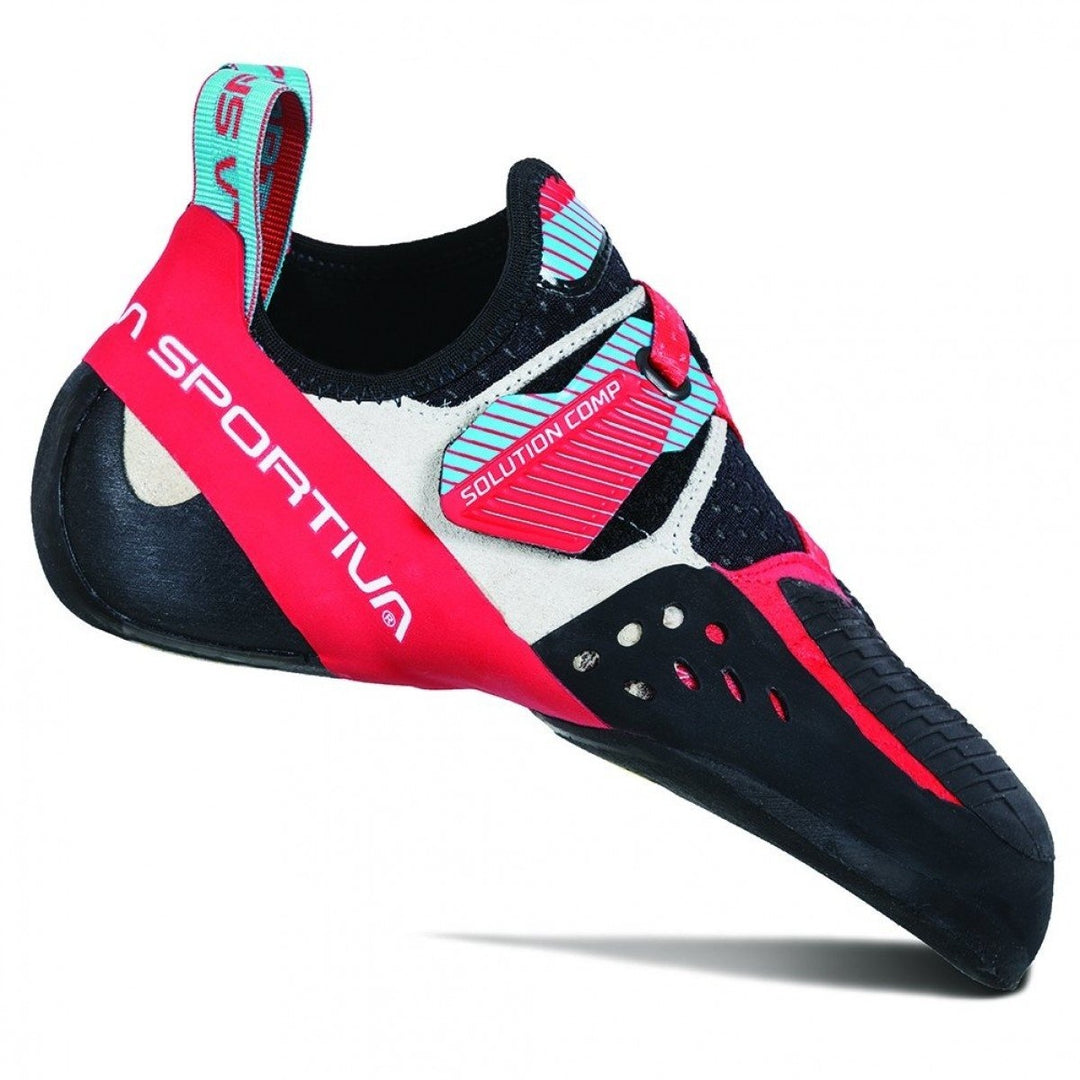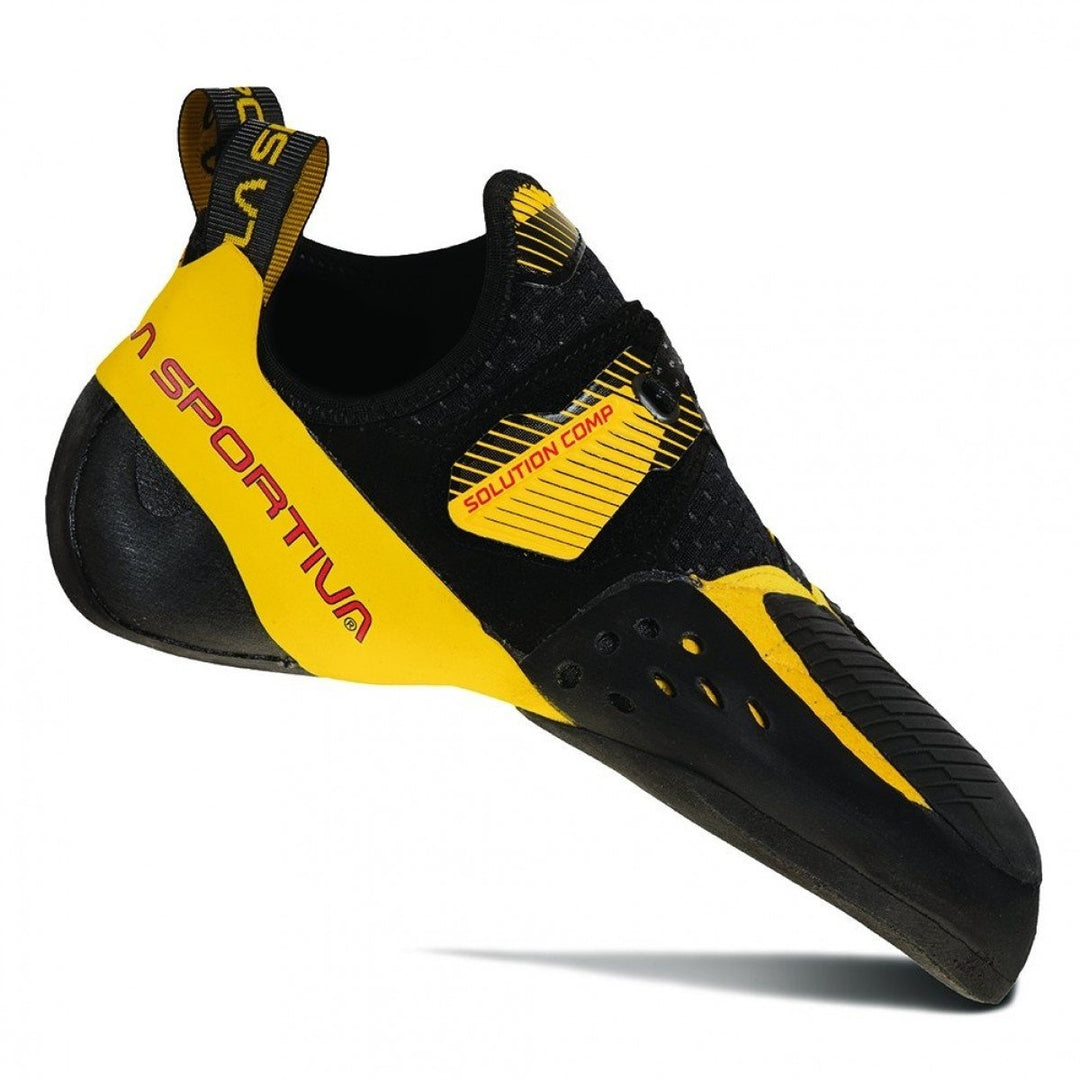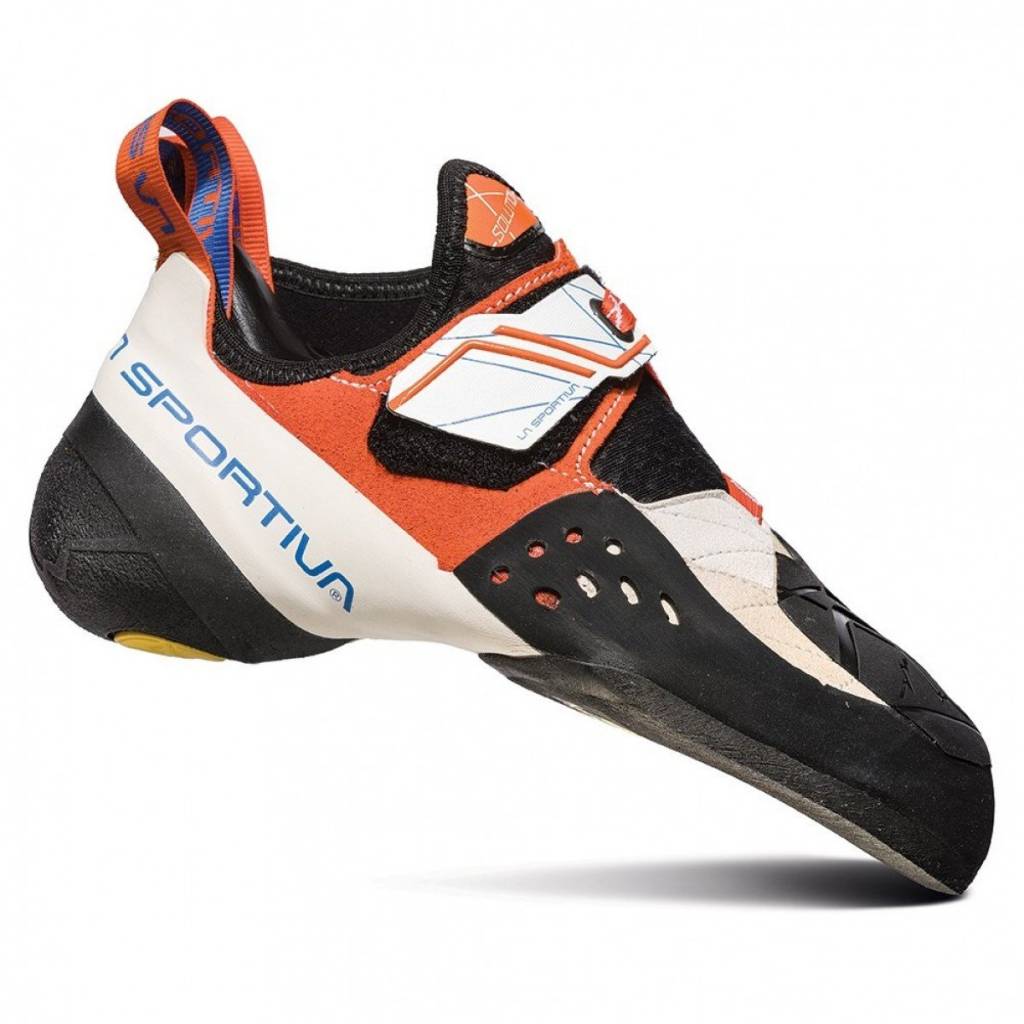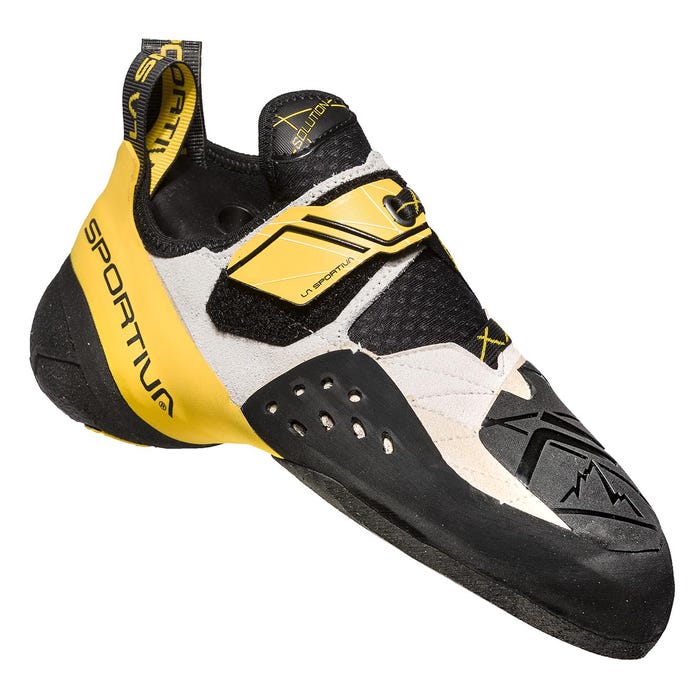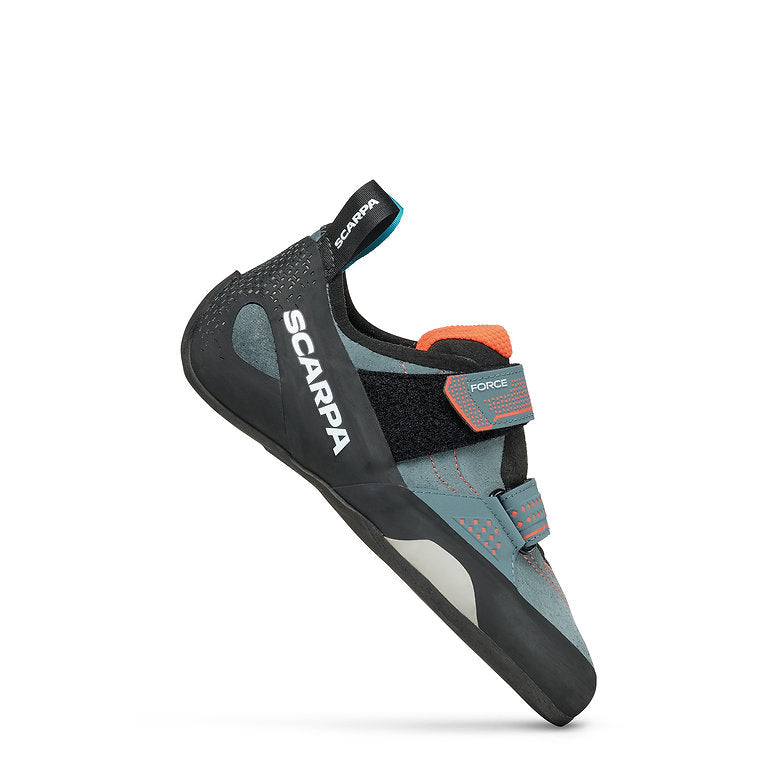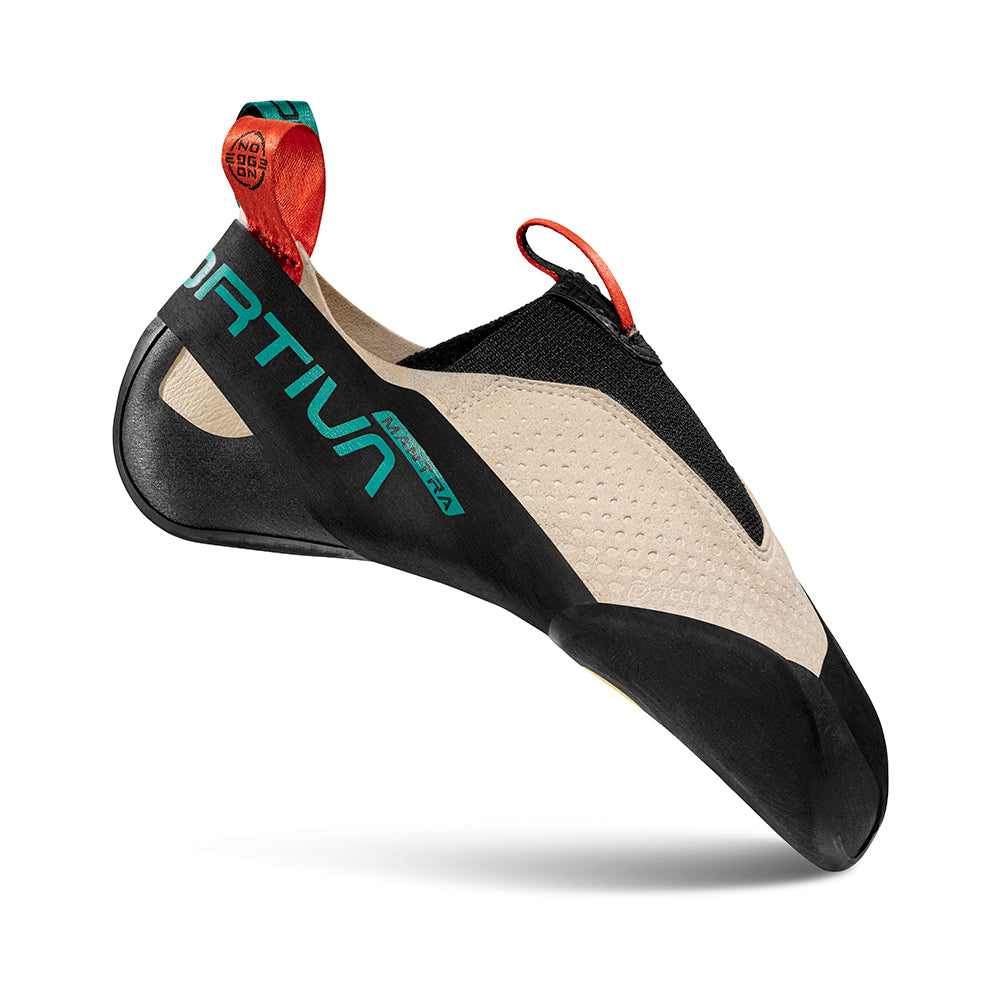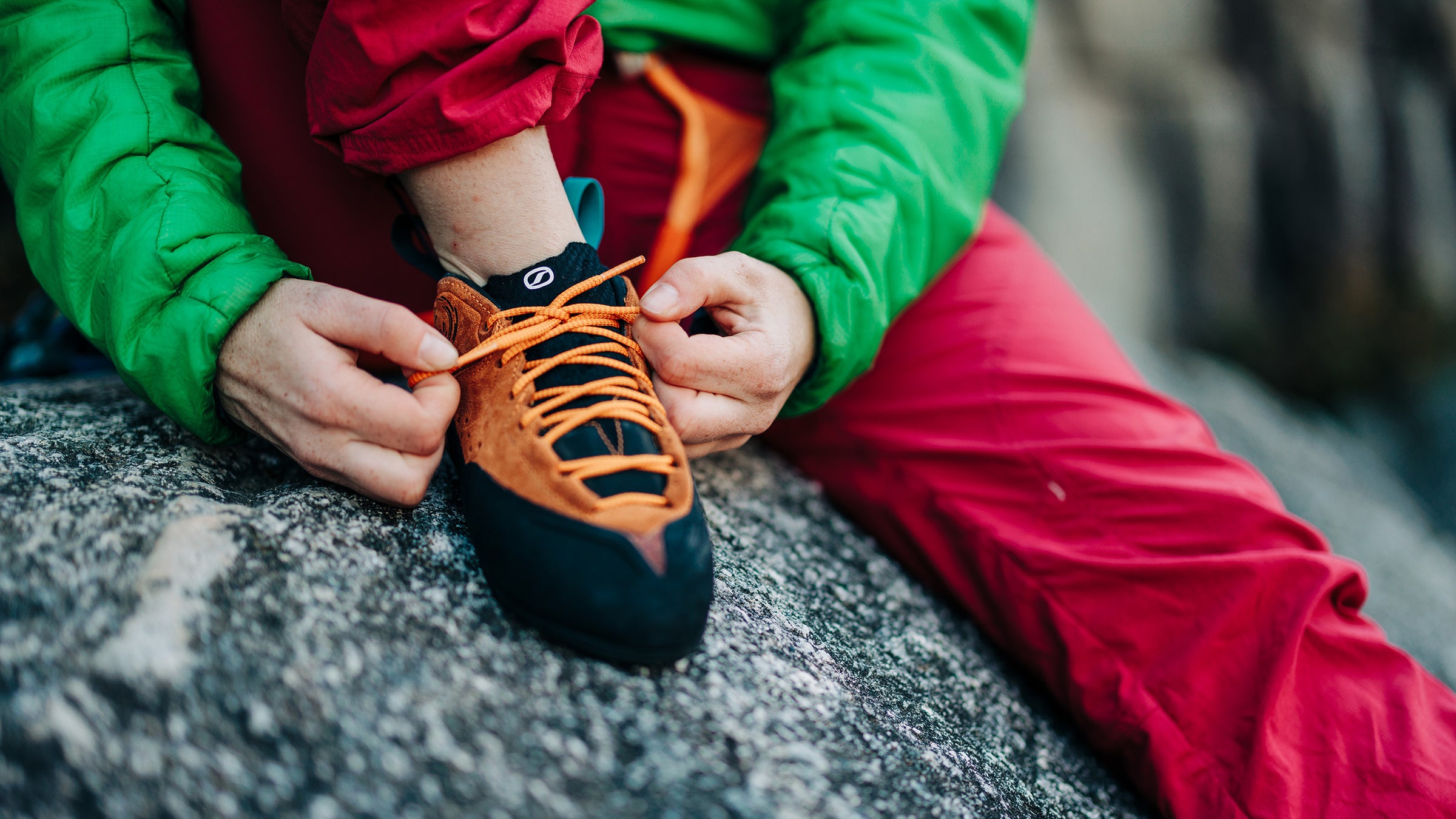
Climbing Shoes
The best place for climbing and bouldering shoes in Canada from top brands like La Sportiva, Scarpa, Evolv, Unparallel, Five Ten, Tenaya and more. Find all low volume and women's climbing shoes here.
105 products

The best place for climbing and bouldering shoes in Canada from top brands like La Sportiva, Scarpa, Evolv, Unparallel, Five Ten, Tenaya and more. Find all low volume and women's climbing shoes here.
If you're new to climbing or a seasoned veteran our guide can help you understand how to get the most from your climbing shoes, don't miss our Climbing Shoe Fit Guide. It's packed with valuable insights to help you make an informed decision.
How tight should I fit my climbing shoes?
The tightness of your climbing shoes is crucial for both performance and comfort, but the ideal fit can vary depending on your climbing style, shoe type, and personal preference. Here are some guidelines to help you determine how tight your climbing shoes should be:
Remember that the "perfect" fit can be somewhat subjective and may require some trial and error. Additionally, different climbing shoe models and brands can have variations in sizing, so don't assume that your size in one brand will be the same in another.
Ultimately, the right fit is one that balances performance and comfort for your specific climbing needs and preferences. If you're unsure, consult with our experienced staff and climbing gear experts for guidance.
30 day price match anywhere in Canada. Read our guarantee
And operated since 1993. Read our story
Sign up and save
Subscribe to get special offers, hear about upcoming events in our store and nerd out on climbing news. Know someone who has never shopped at our online store? Refer a friend and share a discount redeemable online!






